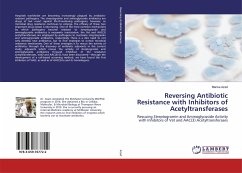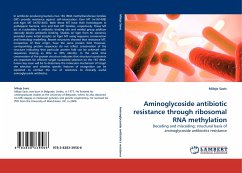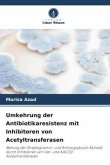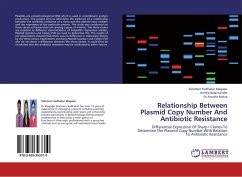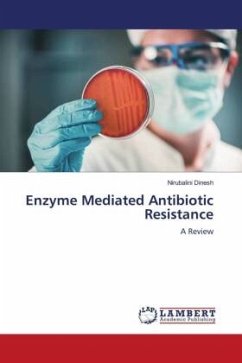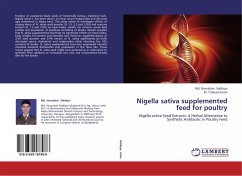Hospitals worldwide are becoming increasingly plagued by antibiotic-resistant pathogens. The streptogramin and aminoglycoside antibiotics are drugs of last resort against life-threatening pathogens; however, as microbial drug resistance continues to emerge, the efficacy of these two important drug classes is decreasing. One of the most common mechanisms by which pathogens become resistant to streptogramin and aminoglycoside antibiotics is enzymatic inactivation: the Vat and AAC(3) acetyltransferases are employed by pathogens to inactivate streptogramin and aminoglycoside antibiotics, respectively. There is a dire need to not only develop new antibiotics, but to find strategies to outwit microbial resistance mechanisms. One of these strategies is to rescue the activity of antibiotics through the discovery of antibiotic adjuvants. In the current study, adjuvants which rescue the activity of streptogramin and aminoglycoside antibiotics through inhibition of the resistance acetyltransferases, VatD and AAC(3)-Ia, have been discovered-through the development of a cell-based screening method, we have found the first inhibitors of VatD, as well as of AAC(3)-Ia and its homologues.

